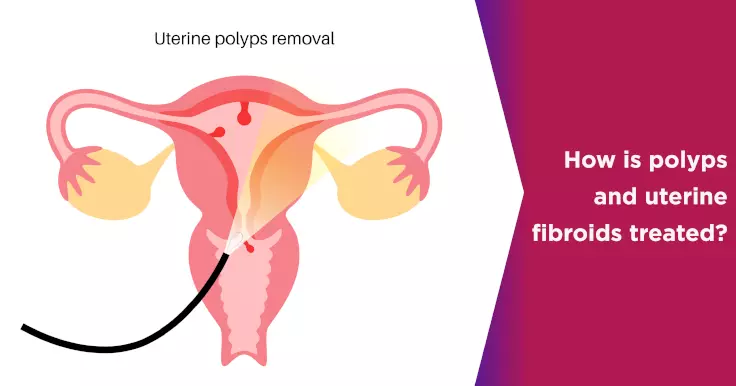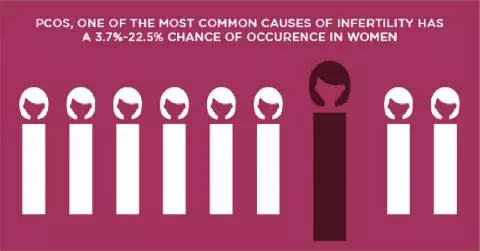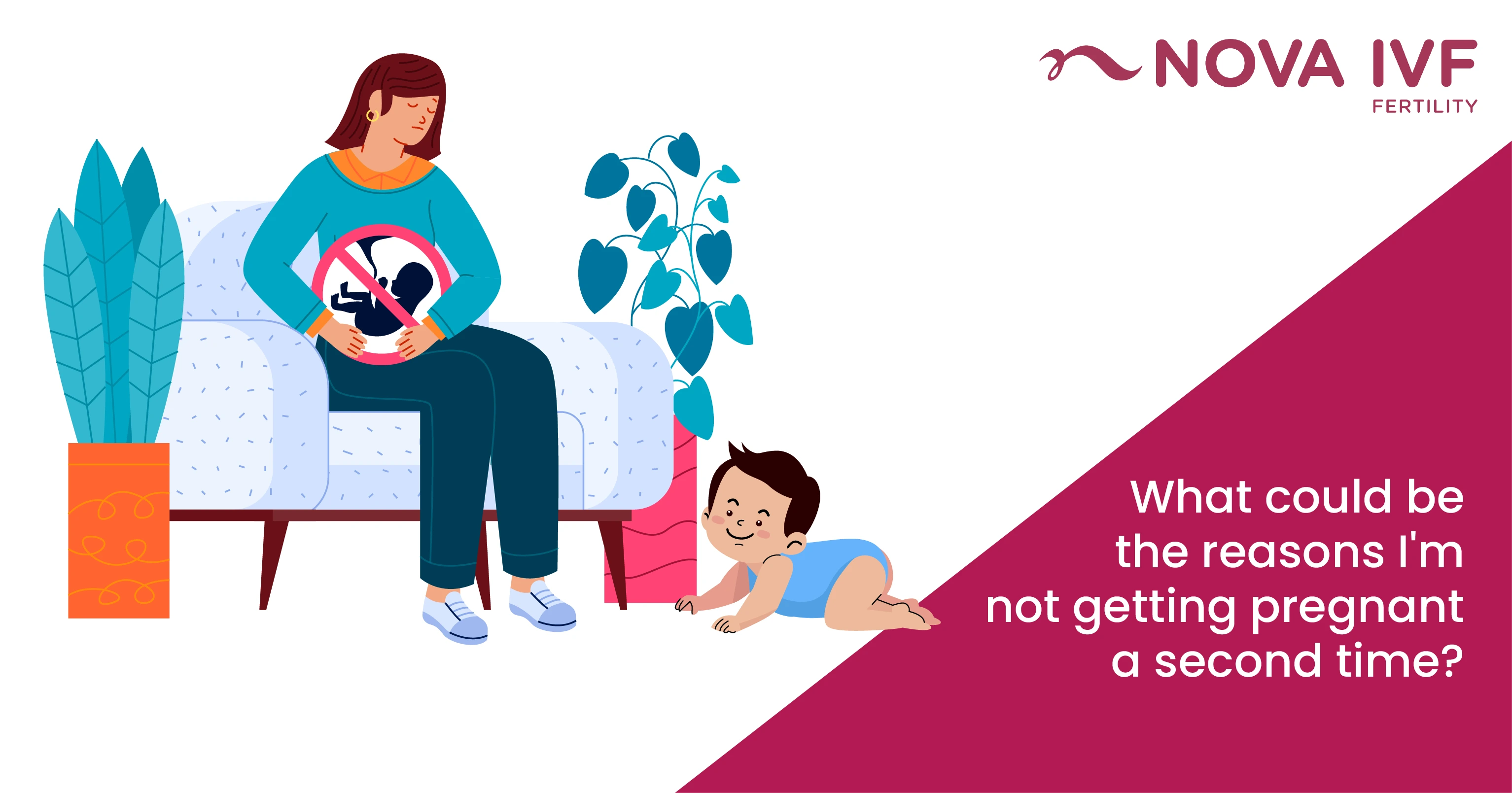Uterine Polyps Treatment: What You Should Know

Uterine polyps and fibroids refer to abnormal growths in the uterus. Polyps develop on the endometrial tissue while fibroids affect the muscle of the uterus. These growths are usually non-cancerous in premenopausal women. While they are not very harmful these growths may cause complications in menstruation. Painful cramps and heavy menstrual bleeding may be the result of polyps and fibroids
Treatment is usually suggested only in cases where these complications are severe. Some of the tests used to confirm a diagnosis of polyps and fibroids are a transvaginal ultrasound, hysteroscopy and endometrial biopsy.
Treatment of Polyps
In the case of uterine polyps, a wait and watch approach is usually suggested at first. This is because small polyps may shrink and dissolve on their own. In the case of larger polyps, medication may be prescribed to relieve the symptoms. This usually takes the form of hormonal medication.
It is important to remember that this type of medication only provides a short-term solution and the symptoms usually recur once the medication is stopped. Large polyps may be surgically removed with a hysteroscope. This polyp will then be examined under a microscope and tested to rule out cancer. Uterine polyps have a low risk of recurring once they have been surgically removed.
Fibroids Treatment
Treatment is not always required for fibroids. In many instances, fibroids shrink on their own. If the symptoms caused by fibroids hamper a woman's lifestyle, she may be prescribed medication to relieve the symptoms.
Surgical treatment is usually recommended only if the fibroids interfere with fertility. The surgery is known as a myomectomy. It may be performed as an open surgery or may be performed laparoscopically. If the woman does not plan on having children in the future and complains of very severe symptoms, a hysterectomy may be suggested.
 Infertility Counselling
Infertility Counselling Female Infertility Treatment
Female Infertility Treatment Andrology Treatment
Andrology Treatment Fertility Enhancing Surgeries - Female
Fertility Enhancing Surgeries - Female Fertility Enhancing Surgeries - Male
Fertility Enhancing Surgeries - Male Endoscopy Treatment
Endoscopy Treatment IUI Treatment
IUI Treatment IVF Treatment
IVF Treatment ICSI Treatment
ICSI Treatment Advanced IVF Solutions
Advanced IVF Solutions Embryology
Embryology Vitrification Egg, Embryo, Sperm Freezing
Vitrification Egg, Embryo, Sperm Freezing Preimplantation Genetic Testing (PGT)
Preimplantation Genetic Testing (PGT) Donation Program Embryo / Egg / Sperm
Donation Program Embryo / Egg / Sperm Self-cycleTM IVF
Self-cycleTM IVF

 Self-cycleTM IVF
Self-cycleTM IVF










